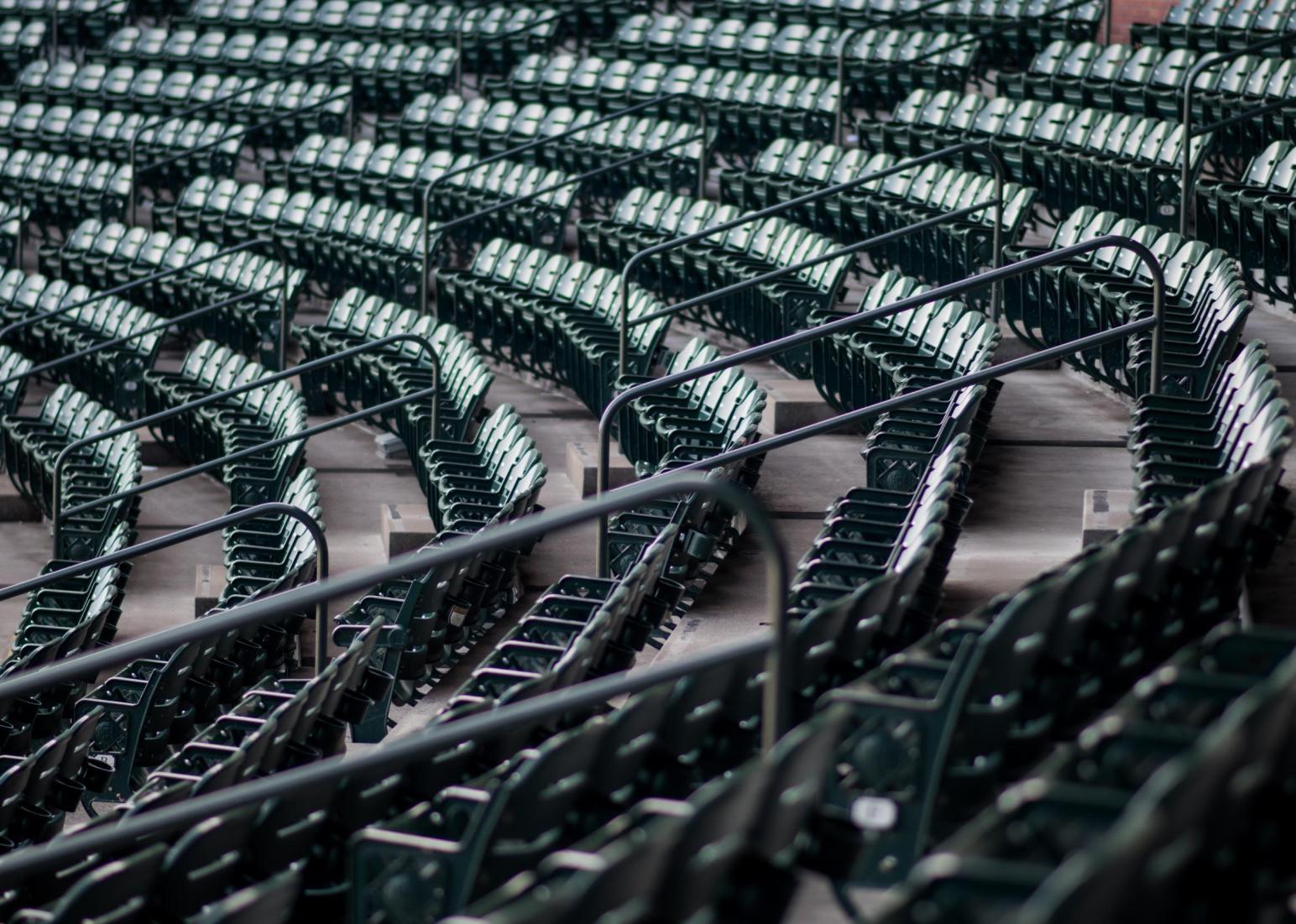The iBeacon (a.k.a. Bluetooth Low Energy beacon, Bluetooth Version 4, or BLE) is an industry standard allowing devices such as smartphone applications to detect when a beacon is near by and present the appropriate content.The beacons are becoming popular for apps to detect if device is near a beacon and to calculate location indoors. WiFi signals have been used in the past for such purpose but those require expensive antennas and an external power source.
There are some misconceptions about the WiFi and Bluetooth and BLE; how they are different, how they can coexist operating at the same frequency and when the technology is applicable.
Background
![]() Bluetooth V4 with BLE became a standard in 2010, but was first adopted in Apple devices since late 2011 (iPhone 4s, iPad 2 and up). Apple decided to brand the technology and call it iBeacon which is the same thing just a different name. With Android 4.3, Google added support for BLE as well in mid-2013. This includes Samsung S3 and LG Optimus and Nexus devices.
Bluetooth V4 with BLE became a standard in 2010, but was first adopted in Apple devices since late 2011 (iPhone 4s, iPad 2 and up). Apple decided to brand the technology and call it iBeacon which is the same thing just a different name. With Android 4.3, Google added support for BLE as well in mid-2013. This includes Samsung S3 and LG Optimus and Nexus devices.
WiFi and Bluetooth use microwave
WiFi and Bluetooth operate in the same frequency range around 2.4GHz in the microwave spectrum. There is no interference between these devices; because, they all use the same IEEE 802.3 protocol which dictates how they can share the bandwidth effectively. Basically all devices that comply with the 802.3 protocol can cooperate like most wireless keyboards and mice do for example.
Interference and blocking
But there are devices out there that do not comply with the 802.3 protocol and those can cause interference and distort the beacon signals and WiFi. For example some types of motion-detectors operate in the same frequency but don’t comply with the protocol. Leaky microwave ovens are also a source of interference and so forth. If interference in the environment becomes a problem, we can measure the source of the interference and prevent it.
Beacon signals are blocked by water, like the human body, and electric grounded wires also can block the signal. For this reason, we place the beacons on ceilings or walls above people and at least 50 cm away from grounded coils of wires.
Offline content not using WiFI
Some Bluetooth apps pull content over the network when they are in range of a beacon. This behaviour will cause load on the WiFi network as the app may be presenting rich media like streaming audio over WiFi. Loading content over WiFi while on the tour can overload the WiFi if there are many simultanious users.
To prevent the app from streaming content from the network, the content can be pre-downloaded onto the device and used without a network connection. Such is the case with the Locatify apps. A good WiFi facility can be placed in the reception area where guests can download the app and content before engaging on the tour. The guest could also get the app and content before they arrive to the venue.
BLE beacons are here to stay and new applications are being released all the time utilising this technology for proximity detection for example in retail, museums and so forth.
More information
Check out these older blogs we posted for more information about the use and technology





